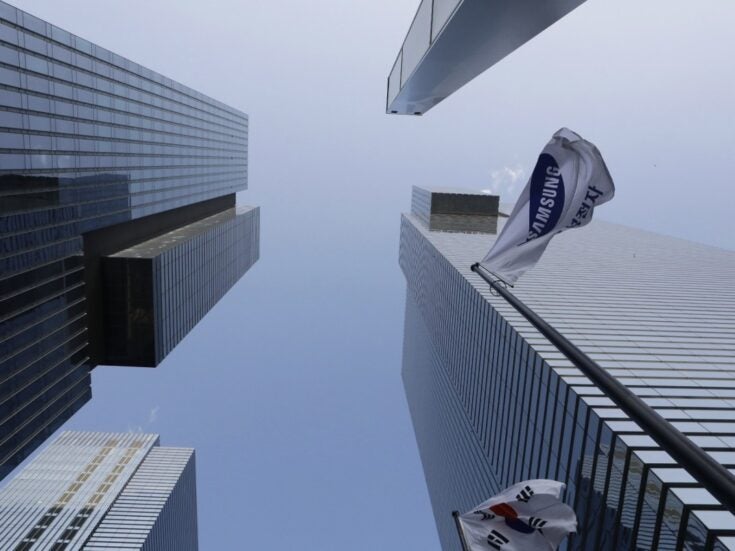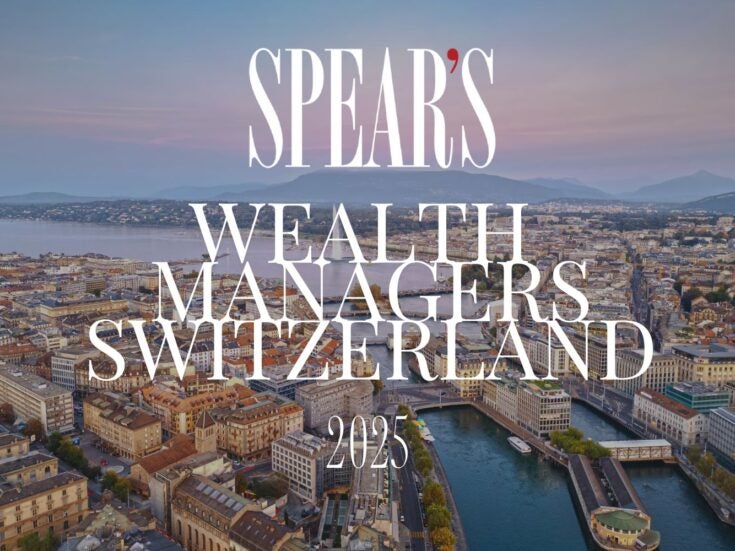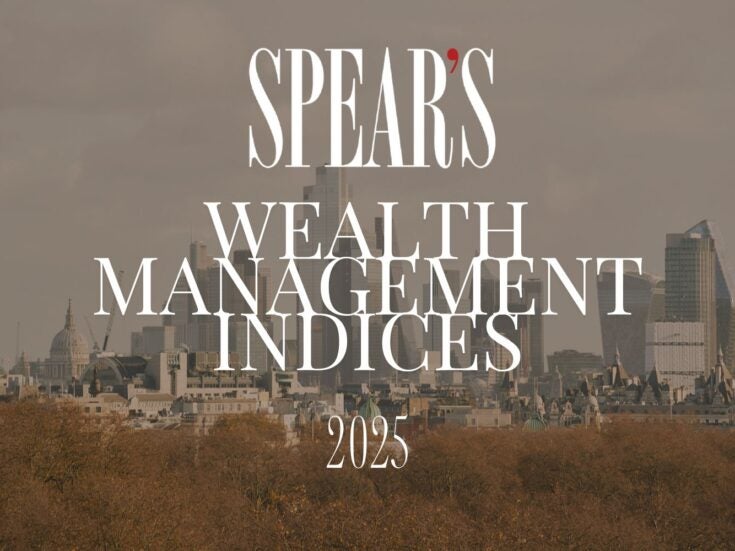
When the dust settles after the crunch, wealth managers will have their work cut out regaining their clients’ trust and restoring their profits, says Freddy Barker
IF THE CREDIT crunch were a Shakespearean drama, then many would have us believe we are in the final act. With the stage still wet with blood, our limping hero the Western consumer has staggered to his feet and roared one final hoorah.
The play so far has been dramatic. We have seen the fastest recession in 50 years and the longest period of negative growth since records began. We have witnessed Britain’s first bank run since 1866 at Northern Rock, the largest bankruptcy in corporate history at Lehman Brothers and the nationalisation of one of the biggest companies in the world at AIG.
We have advocated unprecedented policies to extinguish the flames — UK interest rates at 315-year lows, the Fed printing $2 trillion of greenbacks and Gordon Brown borrowing £348 billion over the next two years, more than every previous British government put together. Yet all this when the FTSE 100, traditionally a leading indicator, gave us a mere two months’ warning.
This proves that there is a final twist in the tale. The wealth-management industry itself is in for drastic shake-up as, for the most part, it has failed its clients. The industry has grown fat in recent years as the fastest-growing sector in asset management since 2003. However, the credit crunch has taken its toll. The ranks of the mass affluent have been culled and wealth management’s days of prosperity are temporarily over.
Recent research from Dow Jones shows that nearly half of HNWs are likely to review their wealth manager in the aftermath of the crisis. The mass migration is attributed to the yawning gap between the perceptions of clients and those of wealth managers. Some 80 per cent of the money runners interviewed thought that their service during the meltdown was ‘good’, while only 30 per cent of their clients agreed.
The bankers seemed not to realise that there was such widespread disgust for the scale of the bailouts, and for the fact that so many of their products imploded. There has been more than $1 trillion of AUM movement in the wealth-management industry since the start of the crisis.
The Chartered Institute for Securities and Investment’s Investment Management Review illustrated the ill health of the sector with some startling comments in October. In it Denis Bastin of Oliver Wyman said that 40 per cent of revenues and 33 per cent of the industry’s assets had vanished; Bob Doll, BlackRock’s vice-chairman, suggested that as many as 50 per cent of asset managers worldwide were only breaking even; and Andy Maguire of the Boston Consulting Group found it difficult to envisage AUM regaining 2007 levels for at least another four years. The gloomy predictions are the result of an industry being squeezed from all sides.
THE CONTRACTION IS illustrated by the poor multiples upon which asset managers have changed hands. GLG bought Société Générale’s UK asset management arm in December 2007 for an undisclosed figure thought to be less than $10 million, representing 0.1 per cent of AUM. Aberdeen Asset Management bought Credit Suisse’s UK asset management arm in January 2008 for $250 million, less than 0.4 per cent of AUM.
This is a sharp contrast to the 5 per cent norm during the housing bubble. The stats aren’t surprising when one looks at asset-manager performance during the crisis. Standard & Poor reports that the majority of active funds underperformed the S&P 500 in eight out of nine equity fund categories in 2008 — and that’s net of fees.
The poor performance is attributed to the death knells of two tenets of the profession. Buy-and-hold strategies have been battered by two declines of over 40 per cent during the last nine years, while diversification has been hit by the collapse of all asset classes bar T-bills and gold.
Admittedly, there are small signs of improvement. The latest S&P Scorecard for 2009 shows that 45.2 per cent of domestic US equity funds have outperformed the S&P Composite 1500, compared to a five-year average of 41 per cent. Lessons have been learnt and themes of ‘transparency, simplicity and liquidity’ are emerging, according to the Scorpio Partnership. With the global UHNW population falling by 24.6 per cent last year, and their wealth dropping by 23.9 per cent, this is hardly surprising.
Tom Kalaris, chief executive of Barclays Wealth, may well prove right in his prediction that there will be a tectonic shift in the wealth-management industry in the coming years, with new houses to the fore. So as the credit crunch enters its final act, private bankers around the world look on with trepidation as, in Shakespeare’s words, Rome in Tiber melts, and the wide arch of the ranged empire falls.







